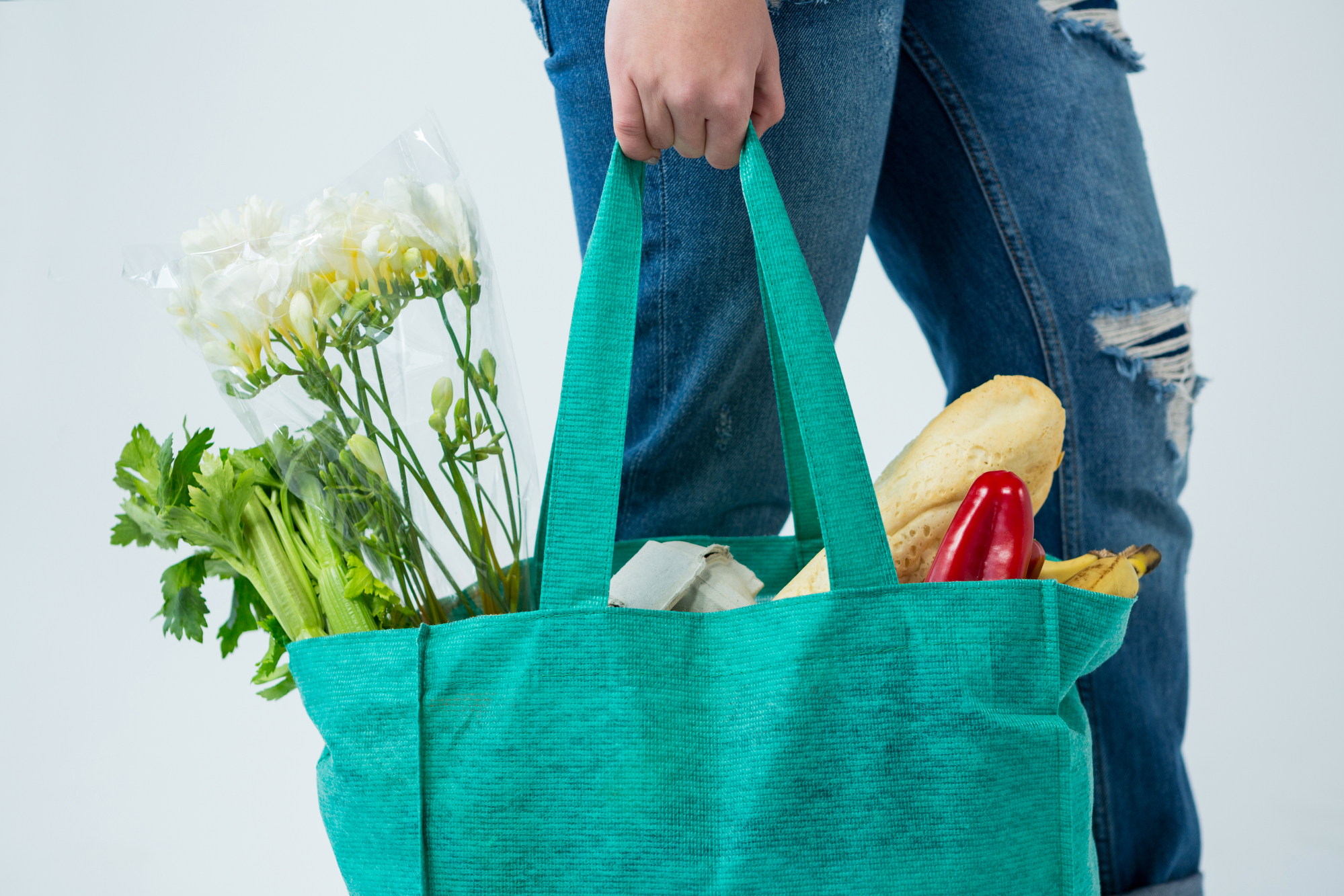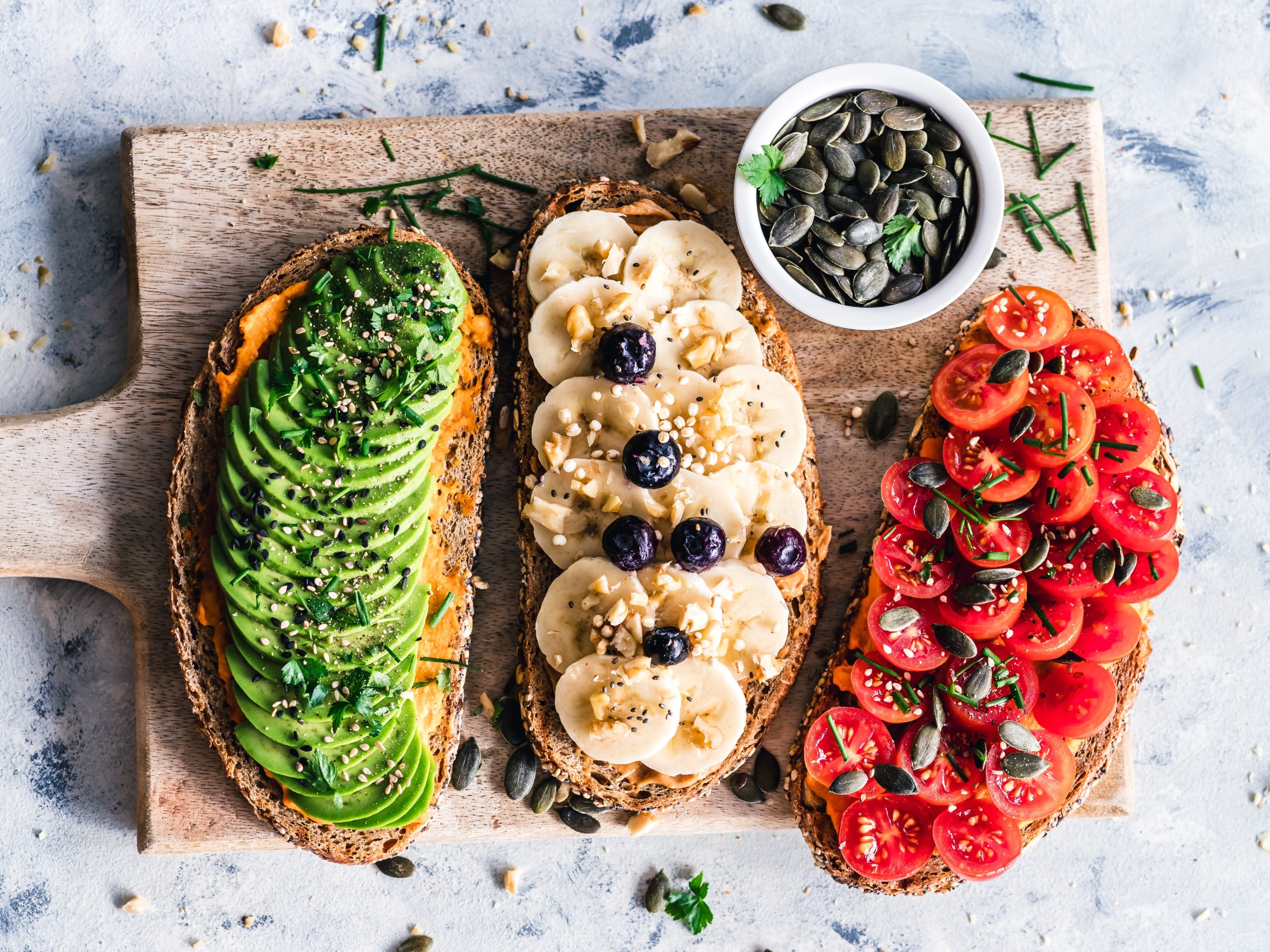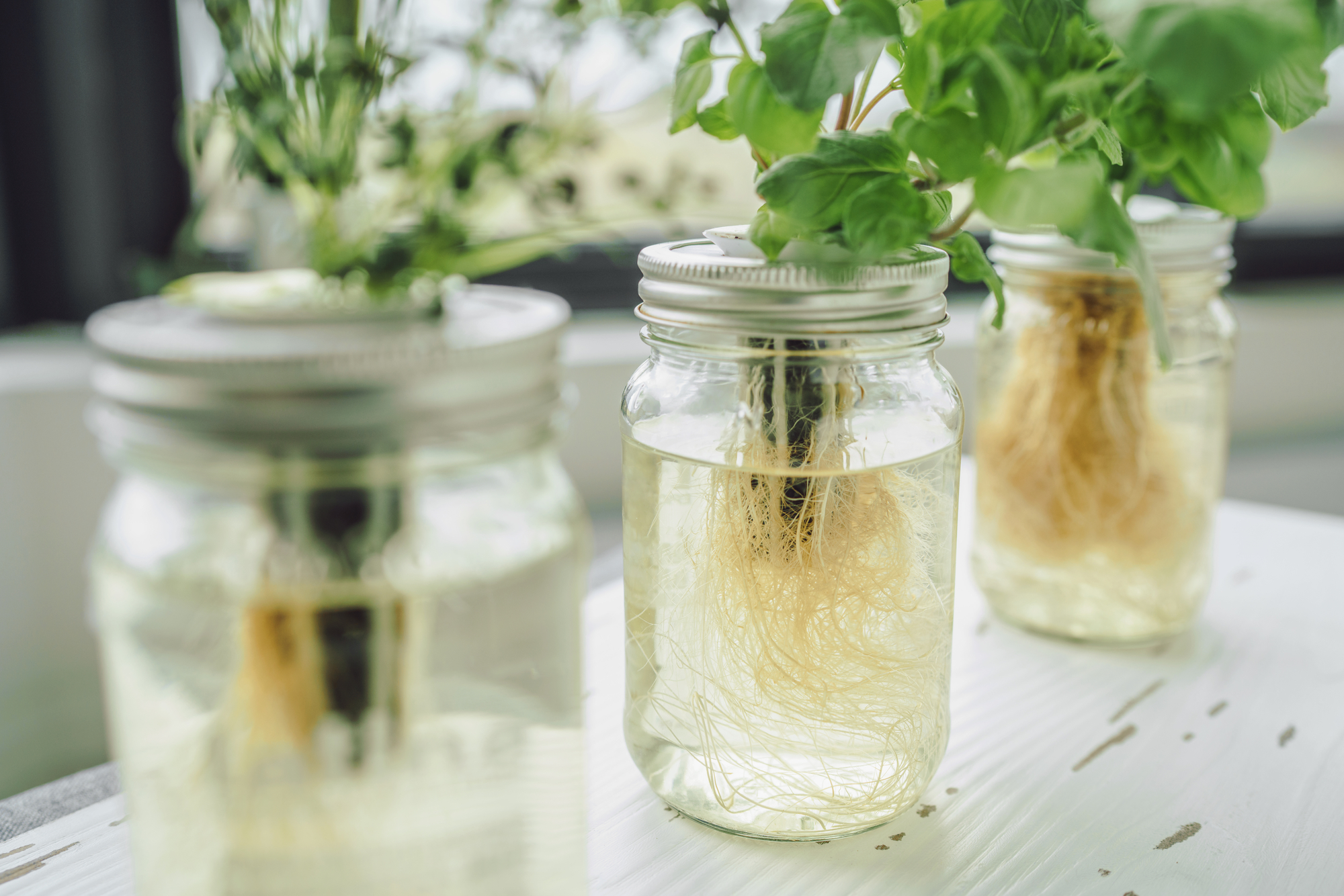Some of the links below are affiliate links, meaning at no additional cost to you, we will earn a commission if you click through and make a purchase. Thank you for helping us continue to bring you great content.
It’s very simple really. The more ways and means that you can find to go green in your life, the better it is for the overall environment. This holds particularly true for the kitchen. Since the modern kitchen consumes a lot of energy, a green kitchen means a better payoff for not only the planet but also your wallet. It’s important to remember that even very small habits and changes can, in time, lead to a whole new world of difference. Let us check out a few safe and easy ways to become more ecologically sustainable by going green in the kitchen.
1. Use Reusable Bags for Your Kitchen Groceries
Disposable plastic grocery bags take their toll as far as the environment is concerned. This is because their production requires massive amounts of fossil fuels that lead to air pollution. In addition to that, they are virtually indestructible and may take thousands of years to degrade. According to the United States Environmental Protection Agency, 4.2 million tons of plastic bags were used in 2018 and only 420,000 tons were recycled. It’s an unfortunate statistic since destroying plastic through fire and landfills leads to the release of toxic methane, CO2 and other harmful chemicals into the air.
However, it does not have to be this way at all. You can keep using reusable cloth bags instead. Keep them in your car so you will always have these eco-friendly bags available when you need them.

2. Embrace Meatless Days
The Meatless Mondays movement has gained a lot of momentum all over the world. Now you too can participate in this movement and encourage your family members to eat vegetarian meals at least once or twice every week. Going meatless will help to cut down on your overall carbon footprint quite substantially. And, you will be able to save many birds and animals from needless suffering.
Meat lovers have the highest carbon footprint out of all diets since the farming process, among other factors, produces high amounts of methane emissions; whereas plant-based products emit 10-50 times less CO2 than many animal-based food products. The good news if you are a carnivore, though, is that you can still reduce your footprint by cutting down on red meats such as beef and lamb. Image by Ella Olsson

3. Save Your Leftovers!
Many people allow leftover meals to languish in their fridges until they turn all moly and smelly. Don’t let that happen to your unfinished meals. You can always reheat and eat them or use them for creating interesting culinary delights. For example, you can use leftover meat chops and veggies to make a delicious soup. You can toast stale bread and make croutons. The list is endless. As an added bonus, your food scraps can be composted to eliminate further harmful waste and off gassing.
4. Practice Cooking in Batches
Using an induction cooktop and energy-efficient appliances are great ways to make your kitchen more eco-conscious. But they’re not the only ways. You can start with baby steps. If you are firing up your oven, don’t do it for a single meal. You may toss in a pizza crust or a few pans of veggies to act as sidelines. You will be able to save lots of energy when you decide to cook multiple meals at the same time.
It is also a pretty good idea to double your recipes and save the other half of the meal for later consumption. This will also help to lighten up your otherwise cumbersome workload. At the same time, it will also lessen your electricity bills to a considerable extent.
5. Eliminate Disposable Cutlery and Crockery
This is a fairly straightforward exercise. You should aim to avoid all kinds of disposable plates and utensils. This holds particularly true for plastic ones (especially single-use plastic) since the impact of plastic utensils is concerning: Americans toss away about 40 billion plastic forks, spoons and knives every year, harming or killing birds and marine life as they largely end up in the ocean.
On the contrary, you should always try and opt for reusable plates, glass storage food containers, and reusable flatware instead. Plates made of natural plant fibers, for instance, are washable and unbreakable, so they’re perfect to take on the go or simply when dining alfresco, worry-free. You can bring a set of portable cutlery to your workplace so you would not have to use disposable knives, spoons and forks every day there either.
6. Grow Your Own Food
Growing edible plants in your kitchen is also a good idea, using hydroponics. This way, you will be able to enjoy fresh fruits, vegetables, herbs and microgreens year-round. However, you will need to use LED grow lights or a hydroponics growing system to help them grow inside, especially in the nooks and crannies of your space where sunlight is scarce. If you live in an area with a backyard, you can bring your edible garden outside. Your homegrown vegetable garden will help you in going green as you indulge in fresh natural products that are simply bursting with wholesome goodness.

One Small Step For Your Kitchen, One Giant Leap For The Planet
From setting up a vegetable greenhouse in your kitchen to changing your cooking habits and eliminating waste, it’s easy to go green in your kitchen with just a few small steps. It will save you money and energy while sending out positive ripple effects into the environment.










